Space Design
Art Beyond The Skill by Dominic Dubé
Architecture is unusual among the arts in that it is required to be professional, and arguably alone among the professions in that it is expected to be in some measure artistic. The careers of all serious architects must at some point grapple with this duality.
To completely abandon the creative spirit is to become simply a builder – performing a valuable service, no doubt, but not creating architecture. On the other hand, when the creative architect renounces the demands of the profession – that the building be on time, on budget, keep the rain out and not fall down – that architect gives up all opportunity to actually practice the art they seek to pursue.
So some sort of balance or synthesis between the two poles is necessary; the exact nature of that process can give us a deep insight into the path chosen by a given architect.
STRIKING A BALANCE
For me, the equation has become quite interesting. Certainly my practice must and does fulfil all the professional demands outlined above; but it is the art beyond the skill that continues to draw me further in each project. While my work has stylistically been compared to architects that practice elegant and graceful modernism, such as Mies van der Rohe, Tadao Ando and SANAA, I see myself more in alignment with Le Corbusier. This is not merely because I integrate Corbusier’s “Modulor” proportional system, or even because of my past employment under B.V. Doshi, himself a product of Corbusier’s office and one of the finest modern architects in India, but rather because I see myself in alignment with his way of working – that of balancing the art and the skill. Le Corbusier famously divided his working day in half: in the afternoon, he did architecture, and in the morning, he would paint. While I do not keep to so strict a regimen, I do remain an active painter. This practice helps nurture the creative aspect of my professional skill and I feel that the development of a painter’s instincts gets reflected in my work.
METHOD BEFORE MATTER
The word painterly, in architectural discourse, typically follows from Heinrich Wölfflin’s use, which refers to a swirling Baroque sensibility, in which form is suggested through light and shade rather than through drawn outlines.
But here we are interested, again, not in the content of the work but in the way in which it is produced. The painter is faced with a blank canvas, and then with a single stroke of the brush makes an intervention that transforms the empty field: suddenly there are up and down, inside and out, light and dark. With a second stroke, we now have the field plus two figures in dialogue with each other, and so on.
The painter must proceed from instincts but also evaluate the canvas as it takes shape; know when the elements are correctly balanced (or provocatively imbalanced), and perhaps most importantly, know when to step away and declare the work finished.
Dominic Dubé
Principal, Space

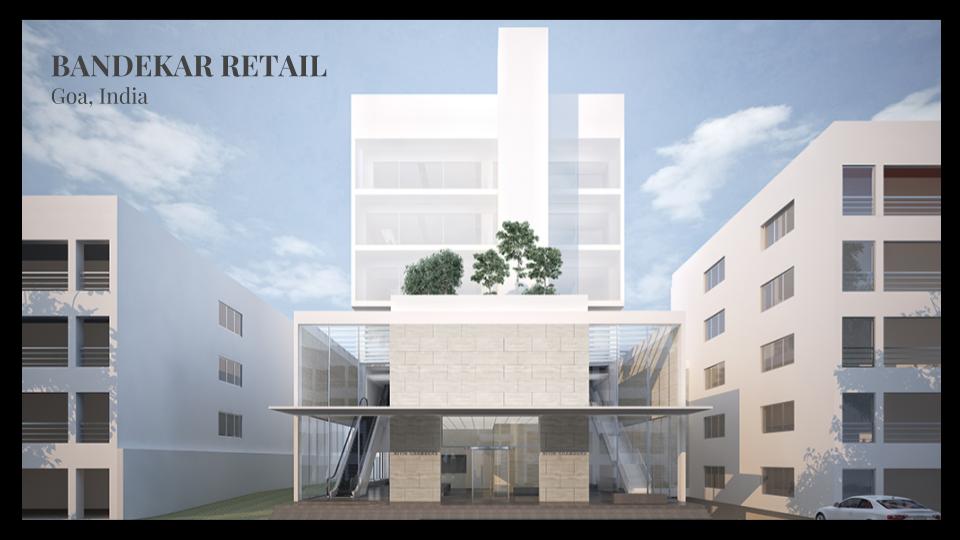






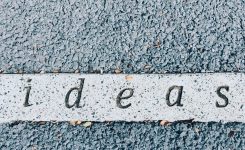

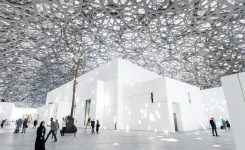

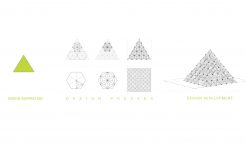
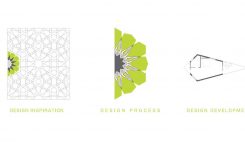

Trackbacks for this post